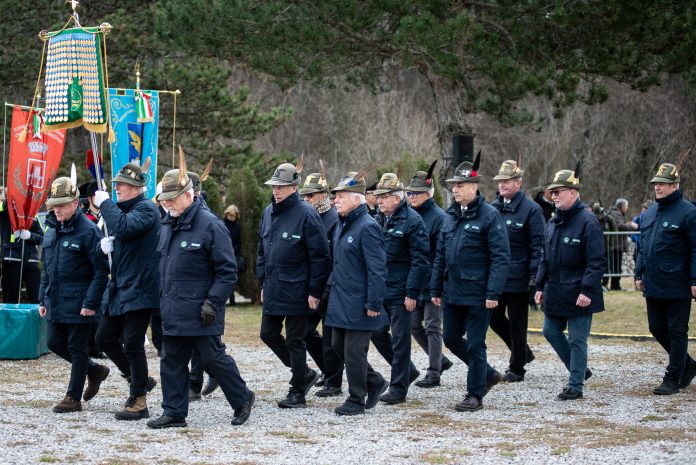by EH
Italy will observe its annual Day of Remembrance on Monday, February 10, with a series of official ceremonies and events in Trieste and beyond. The national commemoration, established in 2004, honors the victims of the foibe massacres and the forced exodus of Italians from Istria, Dalmatia, and Fiume following World War II.
The central event will take place at the Basovizza Foiba Memorial, a designated national monument on the Karst plateau outside Trieste. Government officials, regional representatives, and members of exile associations will gather at 10:30 a.m. to lay wreaths and deliver remarks.
The commemoration recalls the signing of the Paris Peace Treaty on February 10, 1947, which formalized Italy’s territorial losses to Yugoslavia. In the years following the war, thousands of Italians were killed or disappeared in foibe—karst sinkholes used for mass executions—while an estimated 250,000 people fled their homes in areas ceded to Yugoslavia.
A range of cultural and educational initiatives will accompany the ceremony. The Italian government has organized a special Train of Remembrance, which will depart from Trieste Centrale station on February 10-11 before traveling through Italy with an exhibition documenting wartime deportations, the exile experience, and postwar reconstruction efforts.
Other events in Trieste include a conference on February 14 at the Friuli Venezia Giulia Regional Council headquarters, featuring historians and religious leaders discussing the legacy of the foibe and exodus. On February 18, a book presentation will examine how these historical events are taught to younger generations. Exhibitions at the Civic Museum of Istrian, Fiuman, and Dalmatian Civilization and the historic Magazzino 18 warehouse in Trieste’s Old Port will remain open for public visits throughout February and March.
The Day of Remembrance remains a politically and historically sensitive topic in Italy and the broader region, with differing narratives surrounding the wartime period and its aftermath. In recent years, official commemorations have emphasized historical reconciliation while acknowledging the complexity of the events that shaped Italy’s eastern border after World War II.





























